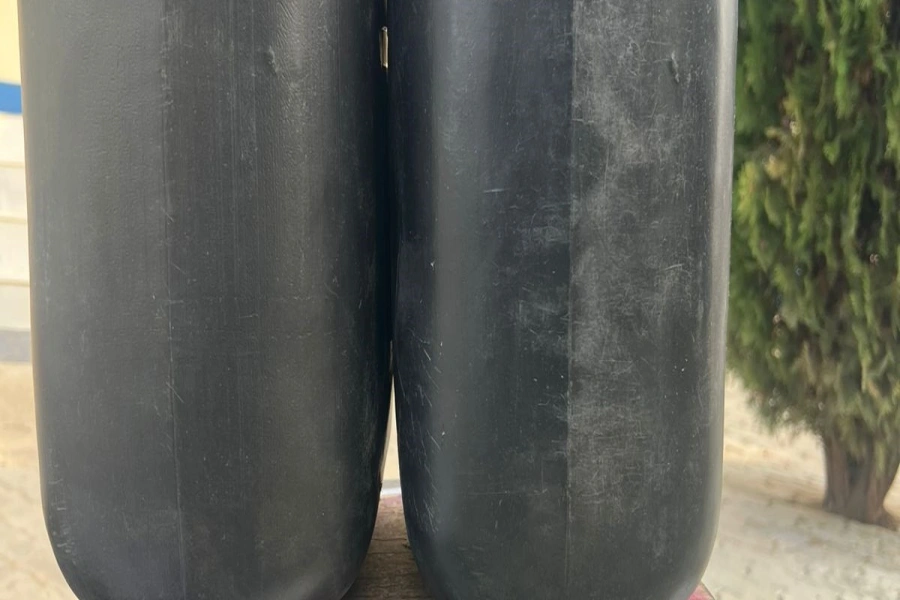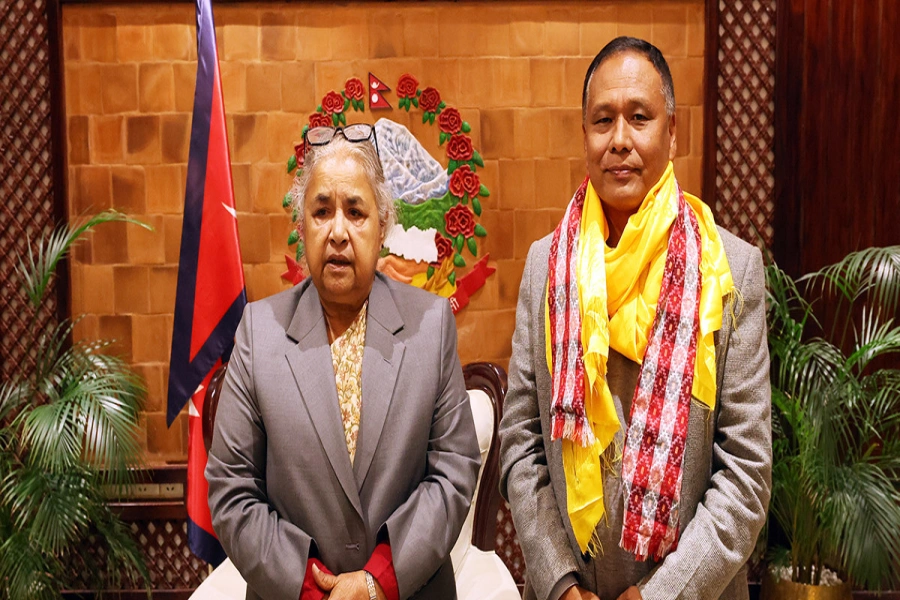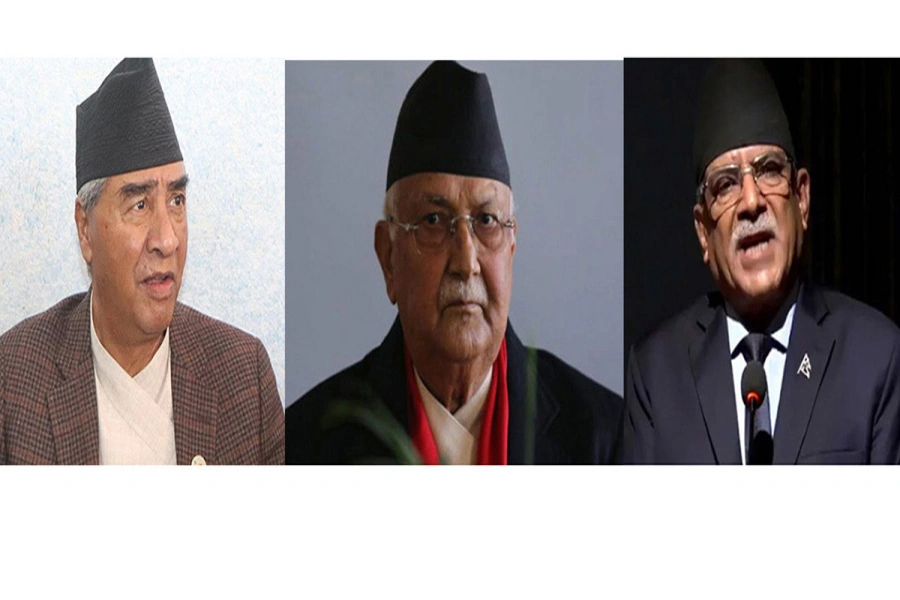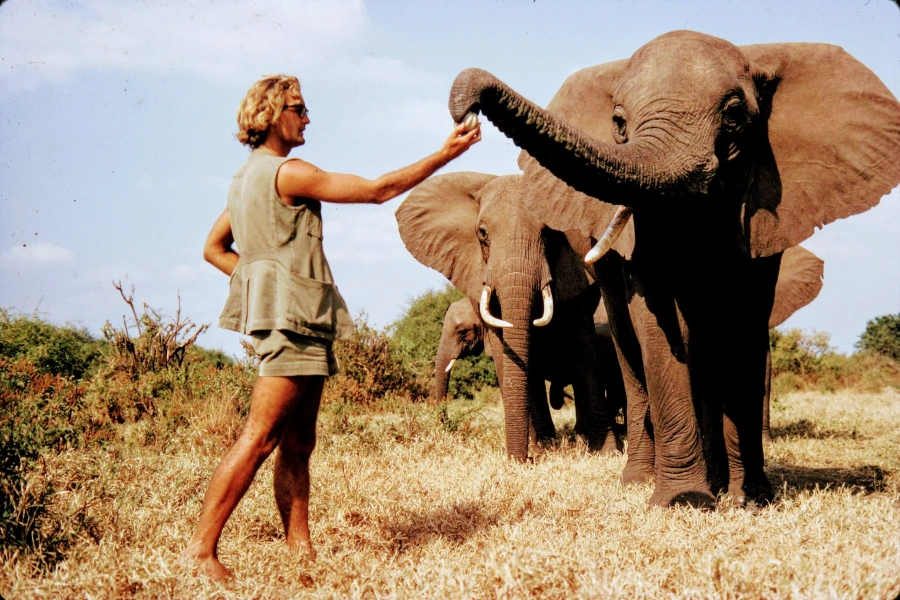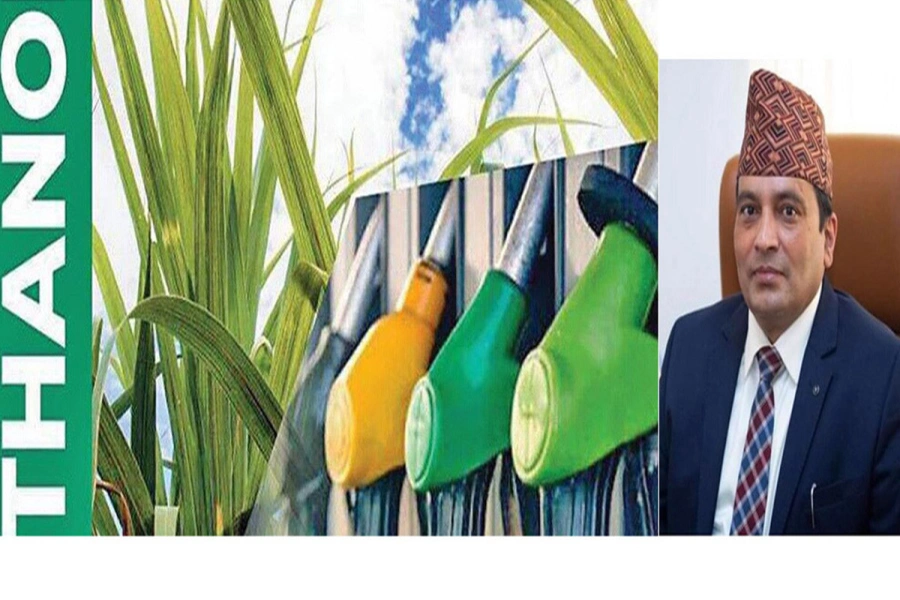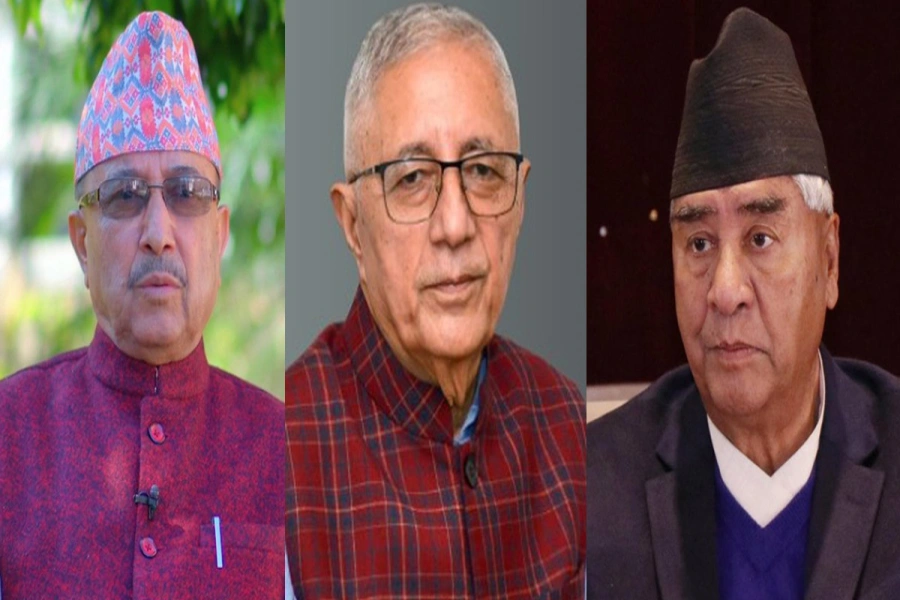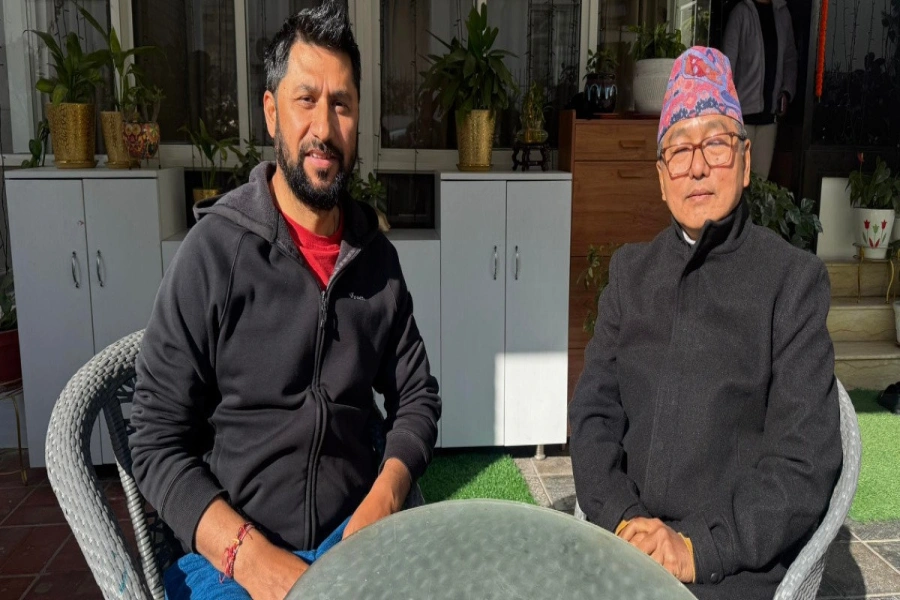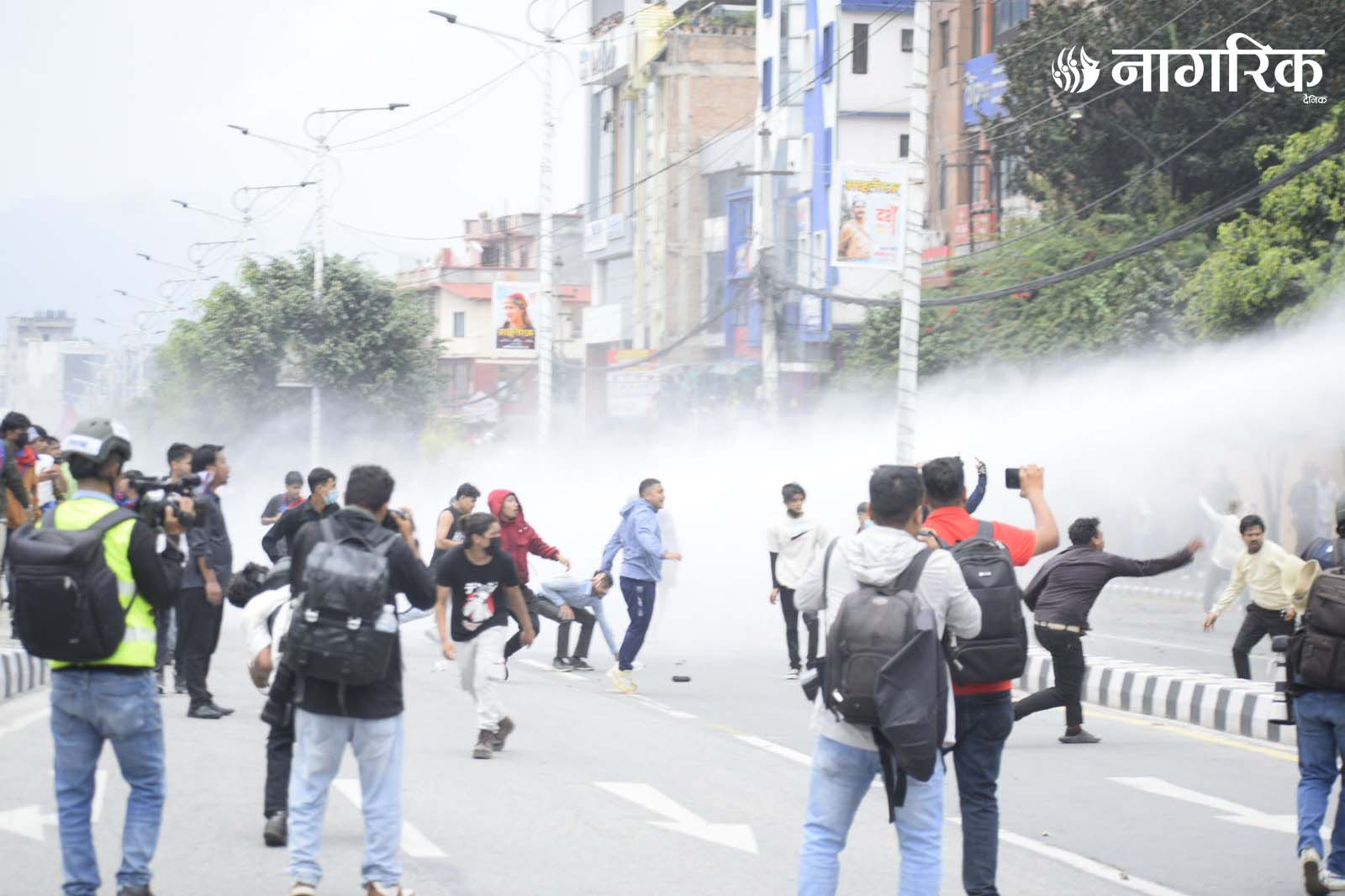Nepal’s Sherpa community has made an unmatched contribution to Himalayan mountaineering since Sir Edmund Hillary and Tenzing Norgay Sherpa successfully climbed Mount Everest on 29 May 1953. There is often a Sherpa guide behind every successful ascent of the world's tallest peak or any other eight-thousand-meter-high mountain, or those below that height. Many have sacrificed their lives while saving fellow expeditionists en route to the peak or on the way back afterwards. Sadly, these very Sherpas are facing existential threats today because the younger generation of Sherpas appears to be losing interest in following the footsteps of their elders to pursue a career as mountaineering guides. Threats of climate change make matters even worse, according to climbers who have registered their names in the books of world records. Officials have cited increasing concerns about the dangers posed by a surge of inexperienced climbers on Everest. In recent years, climbers have formed long queues in the "death zone," a dangerous area near the summit with critically low oxygen levels. Overcrowding on Everest is another issue that needs to be tackled, as it has contributed to a spike in fatalities. In 2023, 12 climbers died and five went missing on Everest, while authorities issued a record 478 climbing permits. The year before, eight climbers lost their lives. Mountaineering contributes significantly to tourism revenues, but it looks like we might soon end up without Sherpas as mountain guides.
Legendary mountaineers, including Kami Rita Sherpa and Lakpa Sherpa, are the two latest Sherpa guides to raise an alarm. According to them, there are a number of issues that need to be addressed before it's too late. Kami Rita, who has as many as 30 feats to his credit, knows the dangers that lie ahead: if the government and concerned agencies do not introduce special incentives and support programs, there will be a shortage of Sherpa guides within the next decade. Access to education and exposure to better career opportunities are dissuading this generation from looking beyond high-risk jobs as seasonal mountain guides. The government and expedition operators should work together with the Sherpas to make their working conditions better, so they can live dignified lives as mountain guides and have sustainable livelihood opportunities even after they choose to hang up their mountaineering gear. A comprehensive incentive package for Sherpas would be a good start. Pensions, life and health insurance, societal recognition, and career development opportunities are incentives that could prod the younger generation, males and females, to still consider opting for a career as high-altitude climbing guides. Giving rewards to climbers like Kami Rita and Lakpa Sherpa, for example, would definitely have a positive impact. Mountaineering is a seasonal business that runs twice a year – from March to May and from September to November. This means the mountaineer guides are without a job for the rest of the year. The experience and expertise of the Sherpas could be used in numerous ways during off-peak periods. They may be useful for training, tourism promotion, and environmental monitoring, giving them an opportunity to make an income throughout the year.
COVID-19 fallout: Mountaineering sector losing Rs 600 million t...

The Sherpas have built a global reputation as world-famous climbers with their sweat, skill, and sacrifice. The Sherpa community, known for its unique indigenous culture and deep-rooted connection with the Himalayas, has long played a crucial role in guiding mountain expeditions in Nepal. They have played a key role in shaping Nepal’s international identity. There is a need to preserve the Sherpa legacy. The Sherpa legacy is Nepal's pride, and the pride should become Nepal's priority.




